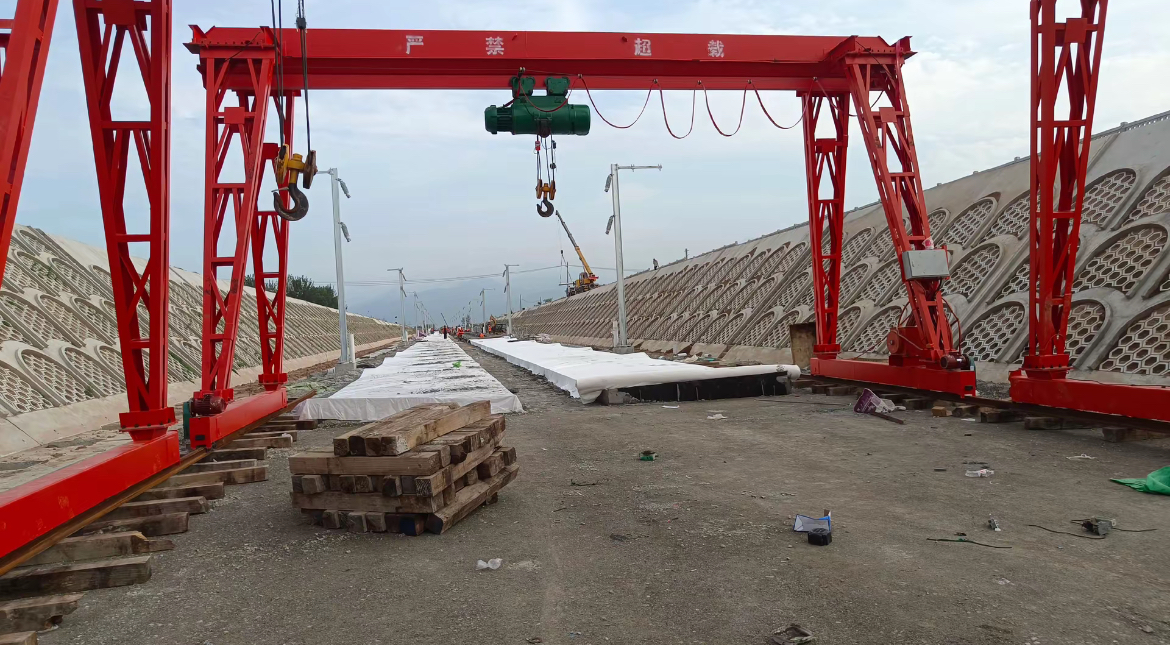Why Should Outdoor Cranes Be Equipped with an Emergency Braking Device? The "Lifeline" for Safe Operation
In busy ports, large construction sites, or open storage yards, we often see massive equipment like gantry cranes and overhead cranes standing tall. These giants are essential forces in modern production. However, operating in outdoor environments exposes them to numerous uncertain risks. This is where the emergency braking device becomes the final and most critical line of defense for safeguarding lives and property. This article explores why this key safety equipment is mandatory for cranes working outdoors.
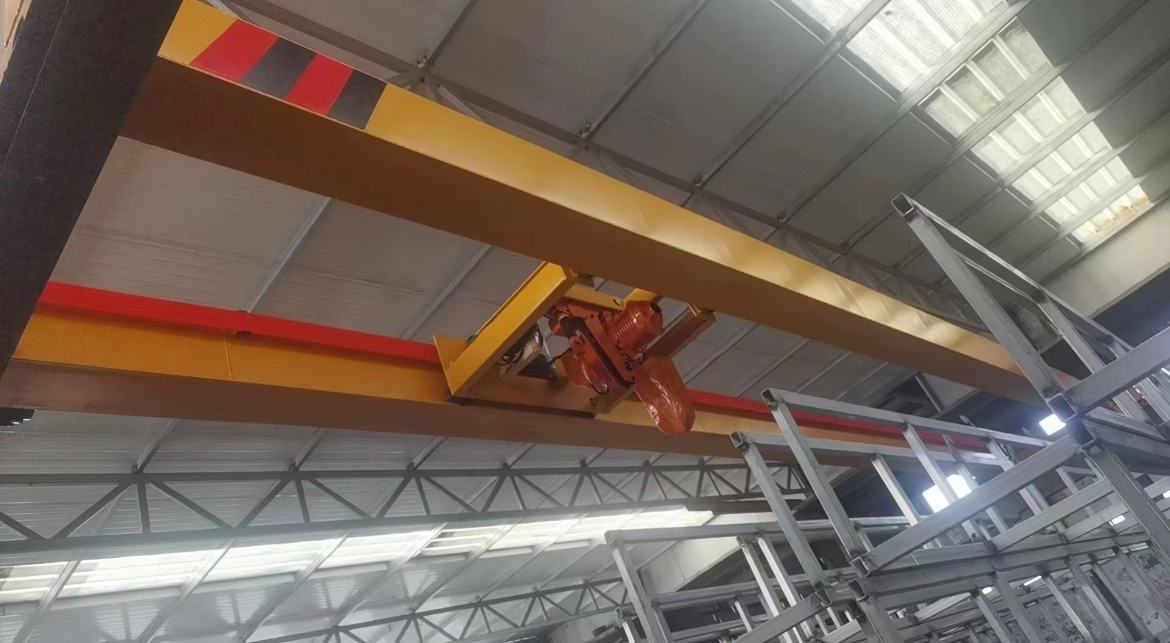
What is an Emergency Braking Device?
An emergency braking device, as the name suggests, is an independent braking system that can quickly and reliably stop a crane's operation during a sudden abnormal situation. It differs from regular service brakes and is typically designed with a "fail-safe" principle, meaning it automatically activates in case of power or control system failure, ensuring the crane does not runaway during an emergency. This system is a core component of the crane's overall safety protection system.
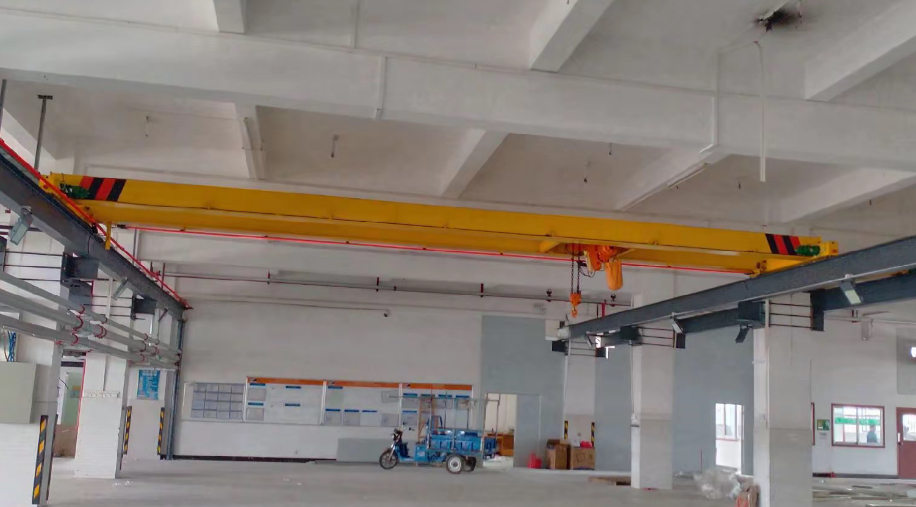
Unique Risks of Outdoor Environments & The Necessity of Emergency Brakes
Compared to indoor operations, an outdoor gantry crane and an outdoor overhead crane face much harsher challenges, making a failsafe brake absolutely crucial for both:
Threats from Extreme Weather: Sudden strong winds are a primary hazard for outdoor gantry crane and overhead crane structures. High winds can push a large gantry crane along its rails, even causing it to overturn. Likewise, a tall overhead crane is highly vulnerable. The safety system can activate automatically when wind speed exceeds a safe threshold, clamping the rails instantly to prevent a disaster.
Sudden Equipment Failure: Exposure to elements accelerates component aging. Electrical or hydraulic systems on an overhead crane or gantry crane can fail unexpectedly. The emergency braking device, being independent of the main system, acts as the final "lifesaver," immediately halting dangerous movement.
Preventing Collision Accidents: A gantry crane moving on its rails might collide with another gantry crane. An overhead crane operating in a gantry may face similar risks. The instant activation of the safety brake can effectively avoid or mitigate damage.
Load Control Failure: If the hoisting mechanism fails on a gantry crane or overhead crane, the heavy load could fall rapidly. The secondary safety system, often integrated with the hoist, can instantly lock the drum, preventing a catastrophic load drop.
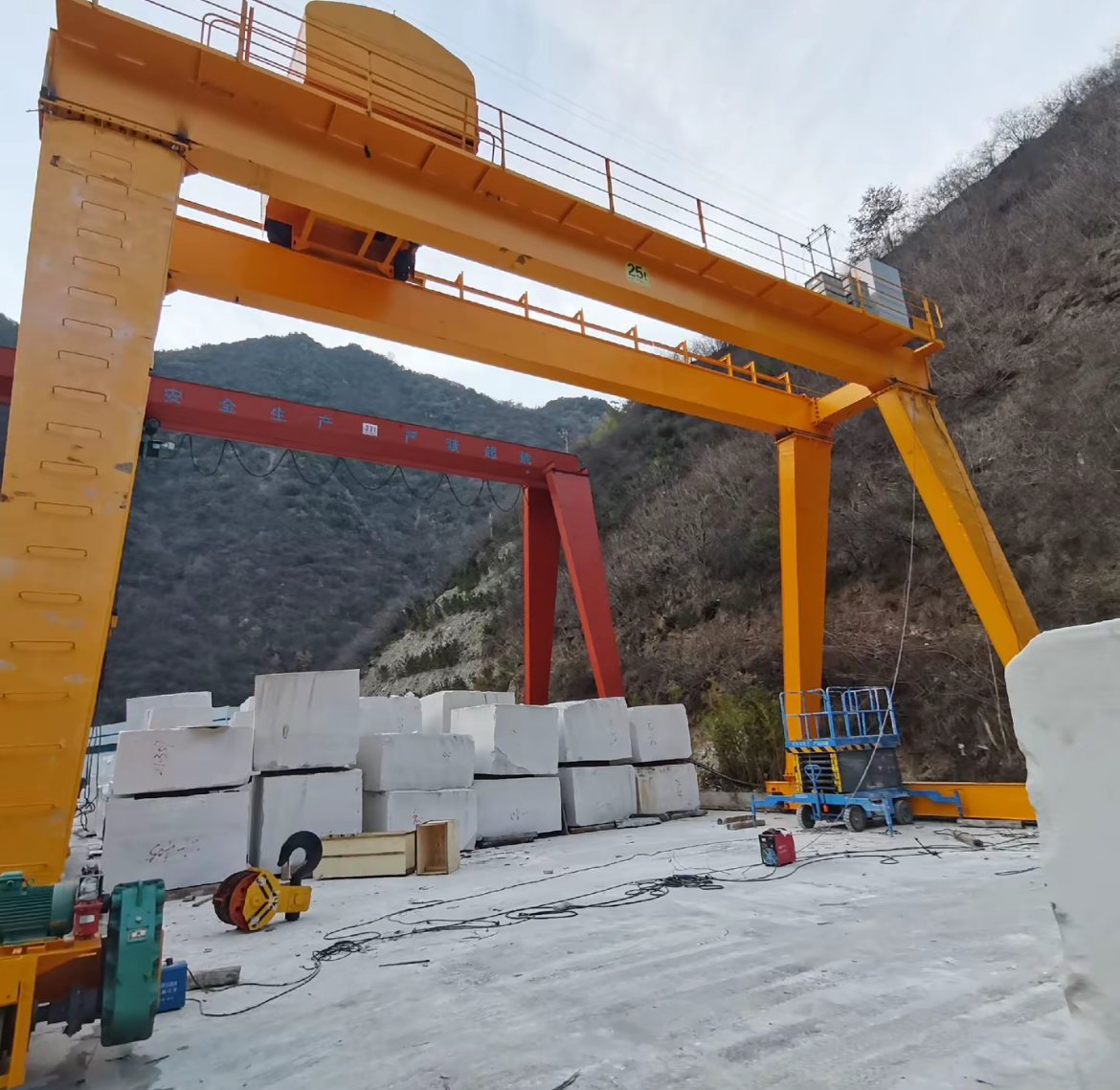
Key Applications of Emergency Braking Devices in Different Cranes
Although both are large lifting devices, gantry cranes and overhead cranes have different structures and operating modes, leading to specific applications for their emergency brakes:
Application in Gantry Cranes: For large gantry cranes (like port container ship-to-shore cranes or yard rubber-tired gantry cranes), their massive metal structure and high wind profile make wind resistance and anti-slippage the top safety priority. Their emergency braking device often takes the form of large clamps that act directly on the rails, commonly known as "rail clamps" or "wind brakes." In an emergency, they generate immense clamping force, gripping the rails like "iron hands" to ensure the crane stays firmly in place.
Application in Overhead Cranes: For overhead cranes operating in workshops or outdoor gantries, emergency braking focuses on the travel limits of the bridge and trolley, as well as hoisting safety. Besides the emergency brakes for travel motions, their hoisting mechanism is usually equipped with a mechanical (e.g., ratchet) or hydraulic safety brake that acts directly on the high-speed shaft or drum, providing a backup for the suspended load.
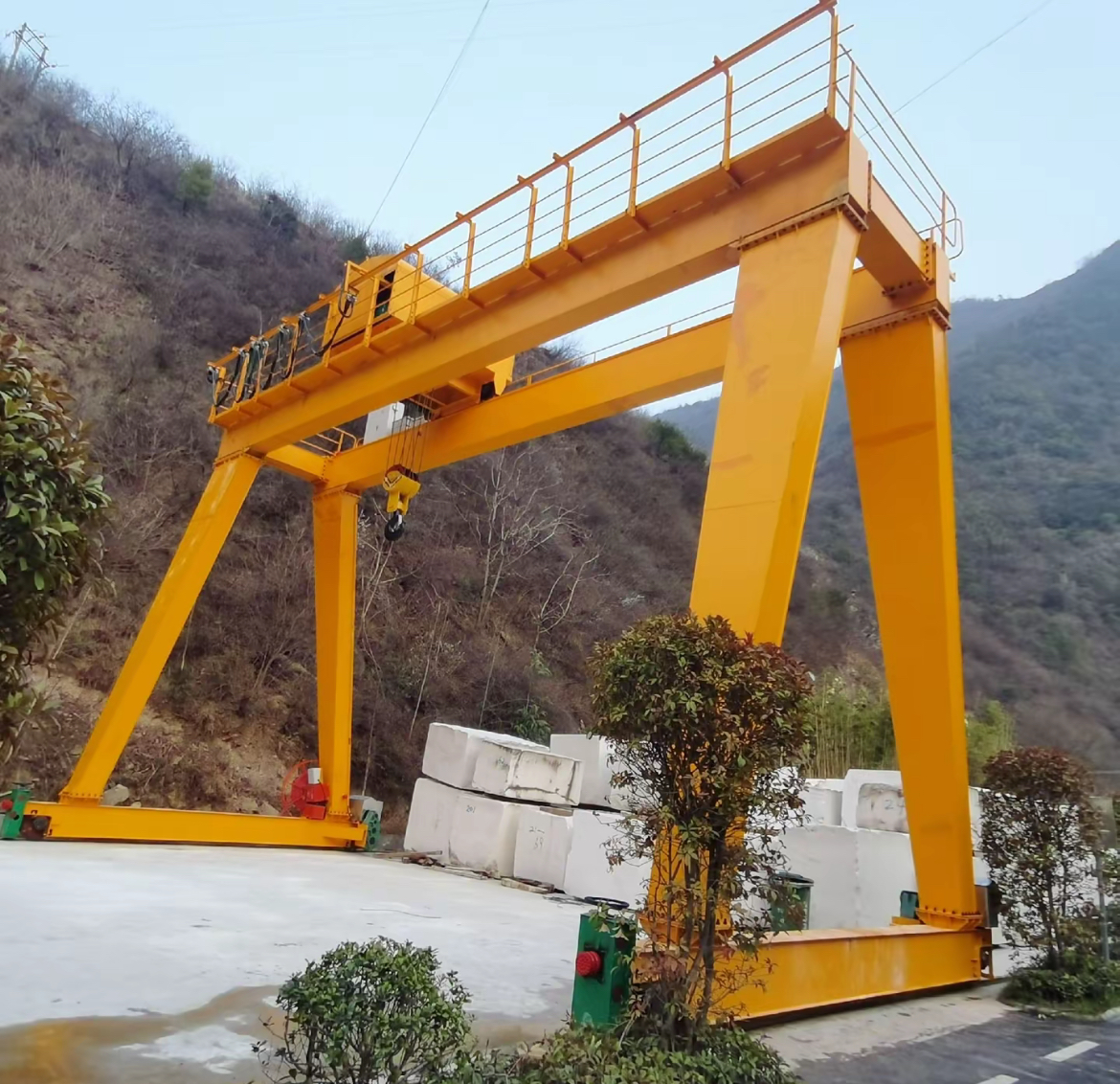
Conclusion: Beyond Compliance, A Respect for Life
In summary, equipping outdoor gantry cranes and overhead cranes with a reliable and efficient emergency braking device goes far beyond mere compliance with mandatory safety regulations. It is a proactive defense against unpredictable risks for every gantry crane and overhead crane. This emergency braking device is a core barrier protecting operators' lives, expensive equipment, and lifted cargo.
In the daily management and maintenance of any gantry crane or overhead crane, the inspection and testing of the emergency braking device must be prioritized. Ensuring this emergency braking device is always ready to perform in any critical moment is paramount. On the scale of safety, this vital emergency braking device carries the immeasurable weight of human life.
